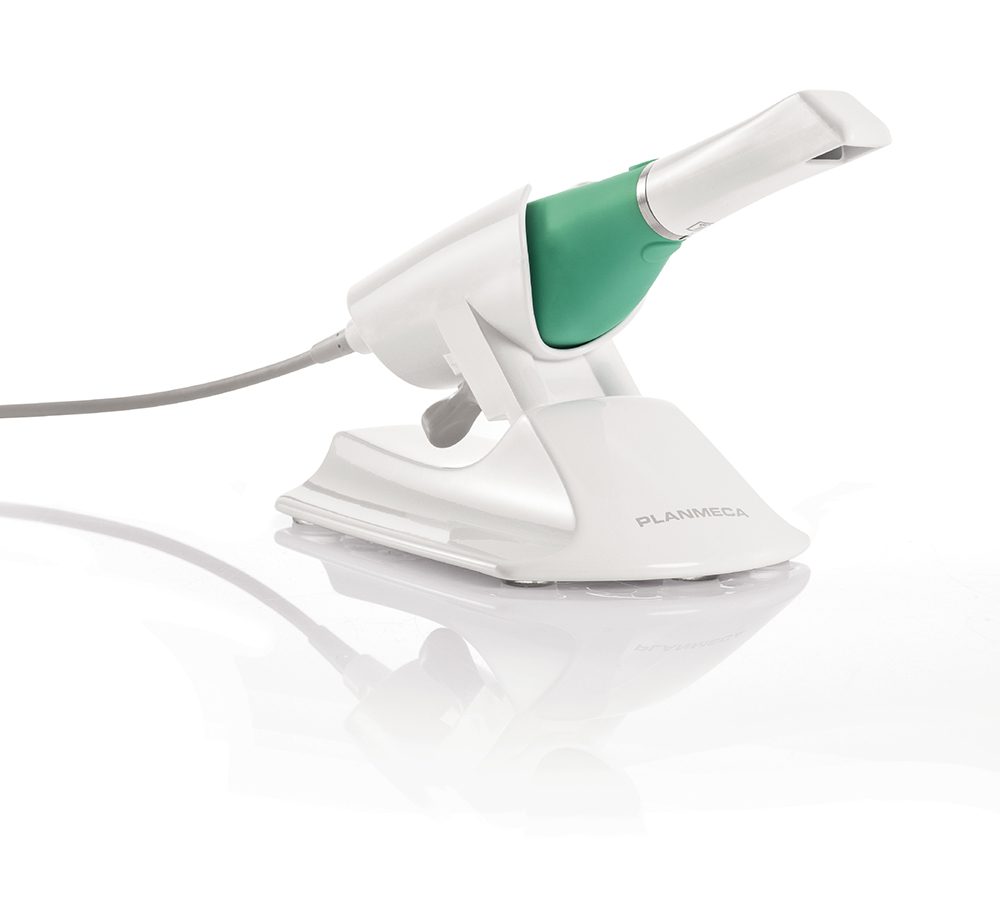The Supply of Digital Dental Solutions to Dentists and Dental Specialists
The demand for conservative and specialist dentistry in Britain is growing, creating a need for innovative digital dental solutions to improve productivity. However, there has been a steady decline in the number of NHS dentists since the onset of the pandemic. This trend is especially evident in rural areas, forcing some patients to travel hundreds of miles for free treatment. Statistics show a nationwide average of one NHS dentist for around every 6,850 people; in some areas, it’s as much as one per 16,000. These shortfalls have led to unprecedented pressure on the private sector and a parallel dependence on timesaving technologies to handle the increased patient workload.
A Range of Digital Dental Solutions to Relieve Pressure on Dentists
While extractions and fillings tend to be relatively straightforward procedures, they often constitute a substantial portion of a dentist’s workload. Not surprisingly, most busy healthcare professionals appreciate any technology that might simplify or speed up these activities or limit the need for patients to book additional visits, and dentists are no exception. Fortunately, several highly effective digital dental solutions can help achieve all of the above. Most involve some form of imaging.
- The Intraoral Camera:
These cameras are of two types, diagnostic and non-diagnostic. They provide the dentist with a 105º view of those often less accessible distal areas, aiding the assessment of oral health and the diagnosis of gum disease. Computer compatibility adds the option to record and review live images when discussing the proposed treatment plan with a patient.
- Intraoral X-Ray Units:
These devices are available either as a compact, portable hand-held model or a fixed wall-mounted unit. Both types equip the dentist with a fast and effective means to assess the extent of damage to a tooth or measure any changes in bone density resulting from gum disease. These units generate minimal radiation, and the images produced can, for example, help quickly determine whether the most suitable treatment course for a decayed tooth might be root canal therapy or extraction.
- X-Ray Sensors:
With even lower radiation levels, these sensors offer increased patient comfort while providing high-quality digital X-ray images comparable with those of a film radiograph. Dentists may choose between rigid or flexible versions depending on whether they require a more robust product or maximum patient comfort.
- Intraoral Scanners:
Digital imaging technology has advanced steadily and is fast becoming indispensable in dentistry. Scanners provide an invaluable digital dental solution by recreating a detailed three-dimensional image that may be used to develop a treatment plan and to avoid dependence on the less accurate practice of making impressions from which to prepare restorations. Seamless compatibility with 3D printers and mills poses some exciting possibilities.
- Dental CAD/CAM:
A computer-aided design system provides the opportunity to maximise the use of an intraoral scanner, processing its 3D images to provide the data for automated milling machines and 3D printers and opening the door to chairside dentistry. Inlay and only ceramic restorations can be produced quickly and accurately on-site, saving the practice time and money.
Finding the Perfect Digital Dental Solutions
Hague Dental Supplies offers an extensive range of advanced digital equipment for dentistry and an award-winning team of specialised engineers to advise and assist you and provide expert maintenance and repair services. We invite you to browse more details of our world-class dental solutions.












